Grand Bazaar in Istanbul is one of the largest and oldest covered markets in the world, with 61 covered streets and over 4,000 shops on a total area of 30,700 m2, attracting between 250,000 and 400,000 visitors daily. In 2014, it was listed No.1 among the world’s most-visited tourist attractions with 91,250,000 annual visitors. The Grand Bazaar at Istanbul is often regarded as one of the first shopping malls of the world.
The Grand Bazaar is located inside the walled city of Istanbul, in the district of Fatih and in the neighbourhood (mahalle) bearing the same name (Kapalıçarşı). It stretches roughly from west to east between the mosques of Beyazit and of Nuruosmaniye. The Bazaar can easily be reached from Sultanahmet and Sirkeci by trams (Beyazıt-Kapalıçarşı stop).
Today the Grand Bazaar is a thriving complex, employing 26,000 people visited by between 250,000 and 400,000 visitors daily, and one of the major landmarks of Istanbul. It must compete with modern shopping malls common in Istanbul, but its beauty and fascination represent a formidable advantage for it. The head of the Grand Bazaar Artisans Association claimed that the complex was in 2011 – the year of its 550th birthday – the most visited monument in the world. A restoration project starting in 2012 should renew its infrastructure, heating and lighting systems. Moreover, the hans inside the Market will be renovated and later additions will be demolished. This project should finally solve the big problems of the market: for example, in the whole Bazaar there is no proper toilet facility. Moreover, the lack of controls in the past years allowed many dealers to remove columns and skive walls in their shops to gain space; this, together with the substitution of lead (stolen in the last years) with concrete on the market’s roof, has created a great hazard when the earthquake expected in Istanbul in the next years will occur. The Grand Bazaar is opened each day except Sundays and bank holidays from 9:00 until 19:00.
The Iç Bedesten has a rectangular plan (43.30 m x 29.50 m). Two rows of stone piers, four in each row, sustain three rows of bays, five in each row. Each bay is surmounted by a brick dome with blind drum. In the inner and in the outer walls have been built 44 cellars (Turkish: mahzen), vaulted rooms without external openings. The sunlight in Bedesten comes from rectangular windows placed right under the roof: they can be accessed through a wooden ambulatory. Due to the scarce illumination, the edifice was kept open only some hours each day, and was devoted to the trade of luxury goods, above all textiles. Moreover, the Bedesten’s Mahzen were also used as safes. The building can be accessed through four gates:
- “Second-hand Book Sellers’ Gate” (Sahaflar Kapısı) in the north,
- “Skullcap Sellers’ Gate” (Takkeciler Kapısı) in the south,
- “Jewellers’ Gate” (Kuyumcular Kapısı) in the east, and;
- “Women’s Clothiers’ Gate” (Zenneciler Kapısı) in the west.
The Sandal Bedesten has also a rectangular plan (40.20 m × 42.20 m), with 12 stone piers bearing 20 bays surmounted by brick domes with blind drum. In this case shops are carved only in the outer walls. In both edifices, each bay is tied to the others through brick arches tied by juniper beams, and masonry is made with rubble. Both buildings were closed by iron gates.
Aside from the bedestens, originally the Grand Bazaar structures were built with wood, and only after the 1700 fire, they were rebuilt in stone and brickwork, and covered. All the bazaar edifices, except the fur dealers market (Turkish: Kürkçüler Çarsısı), a later addition which is two-story, are one story. The roofs are mainly covered with tiles, while the part burnt in 1954 uses now tarmac. In the bazaar no artificial light was foreseen, also to prevent fires, and smoking was strictly prohibited. The roads outside the inner Bedesten are roughly parallel to it. The damages caused by the many fires and quakes along the centuries, together with the repairs done without a general plan, gave to the market – especially in its western part – a picturesque appearance, with its maze of roads and lanes crossing each other at various angles.
Other Istanbul Interesting Places
Istanbul Daily Tours

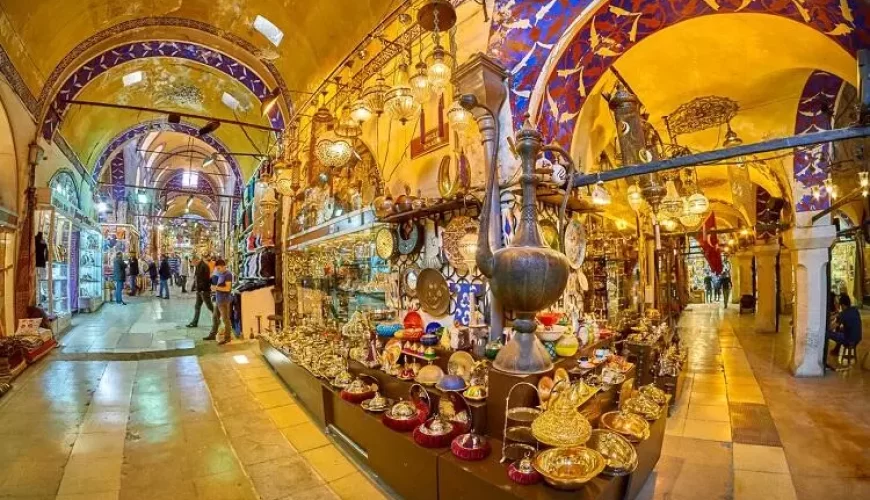
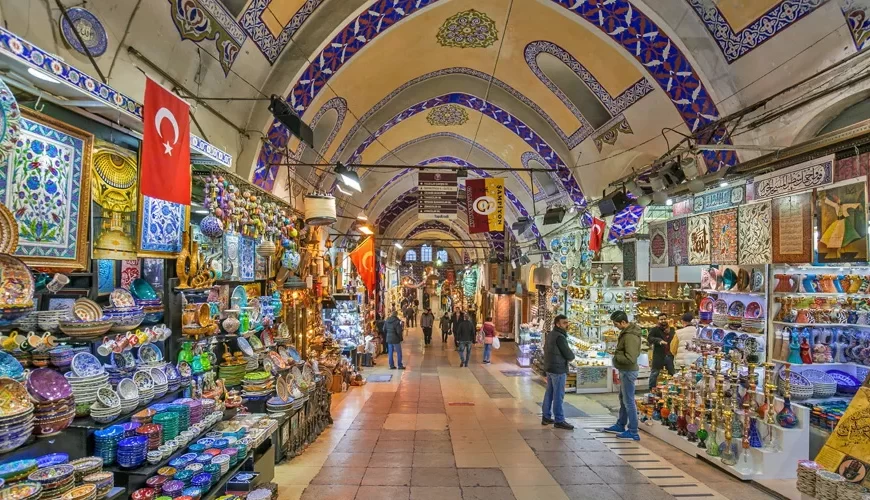
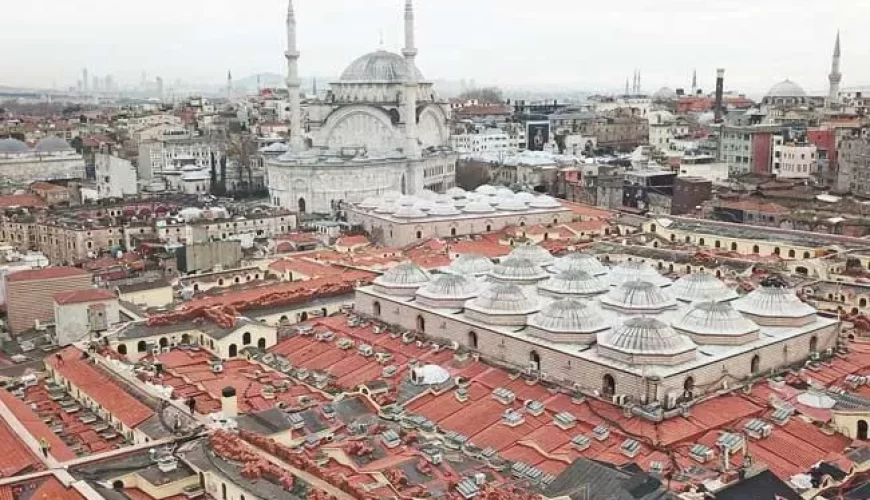
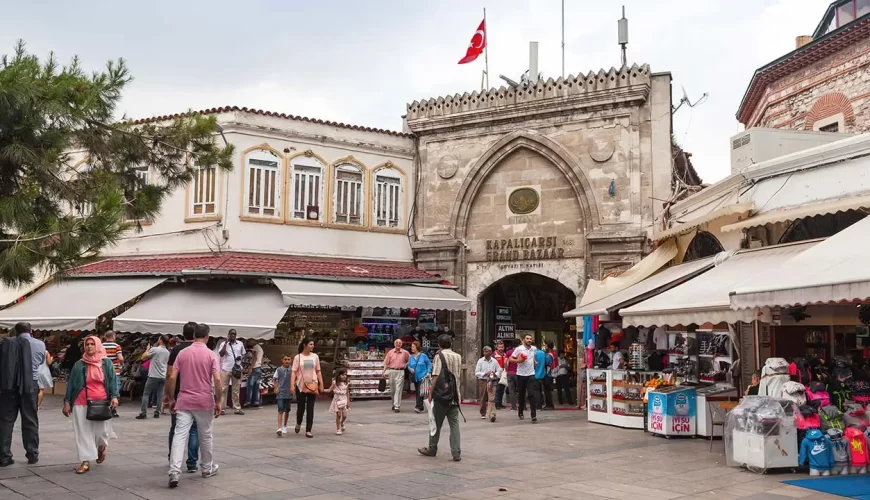
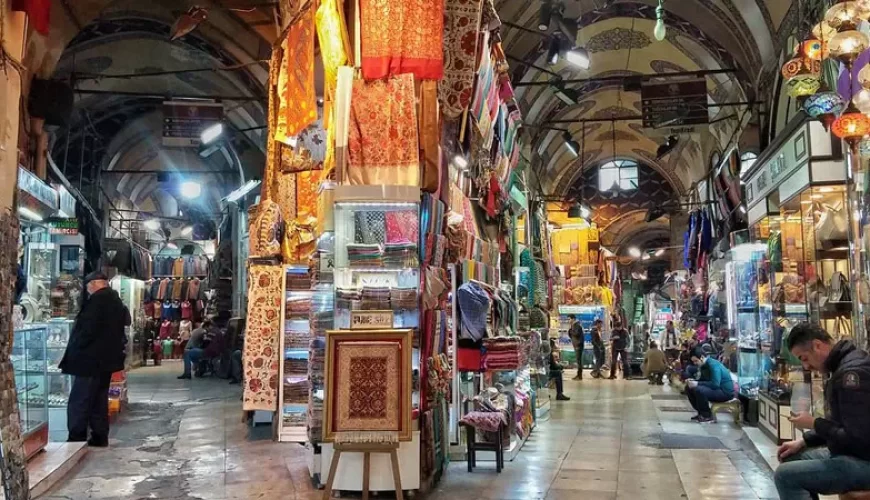
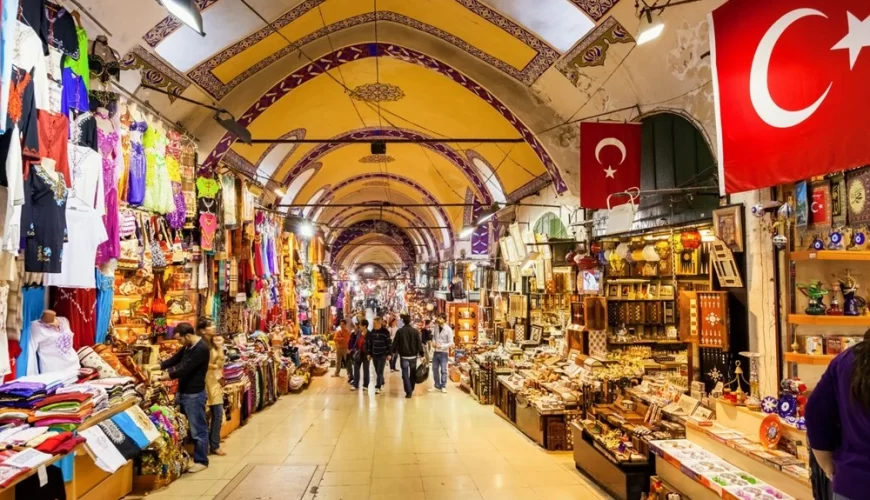
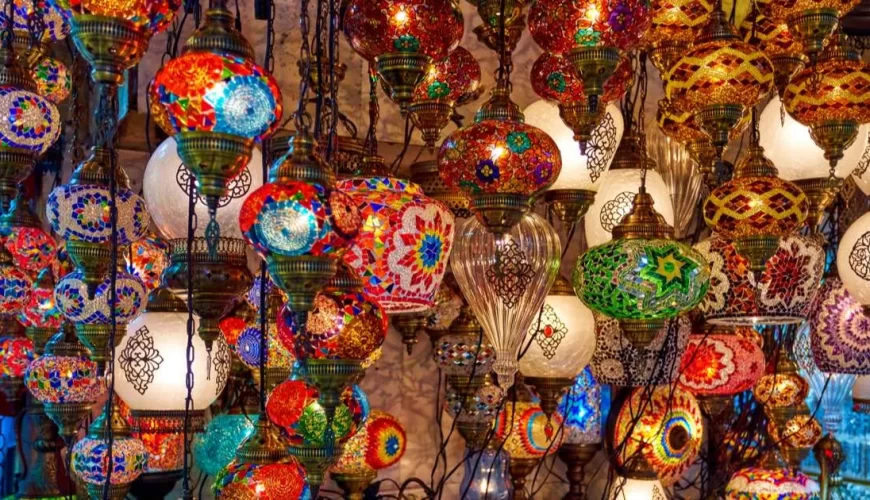
Comment (0)